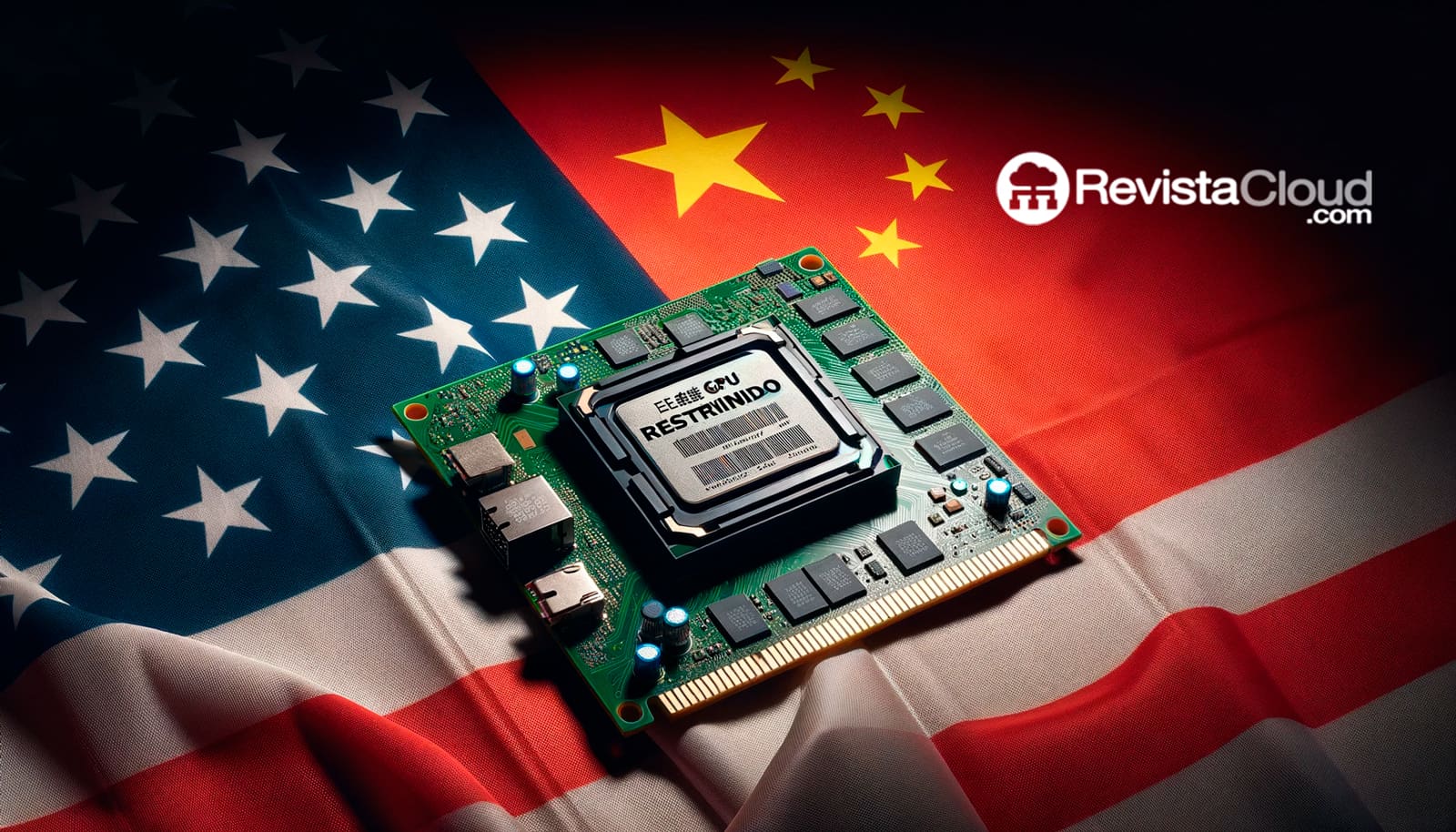In the current technological race, Huawei is taking strategic steps to get ahead in the game of artificial intelligence (AI), focusing on the production of its Ascend 910B GPU. This move comes at a critical time, with the demand for local production AI solutions in China on the rise. With the recent US sanctions affecting NVIDIA’s operations, Huawei sees a golden opportunity to solidify its position in the AI market. In this article, we will break down the key points of this technological battle and what it means for the future of AI processing.
Huawei versus NVIDIA: A battle of technological giants
The competition between Huawei and NVIDIA is reaching new levels. While NVIDIA’s “Hopper” HGX H20 is gearing up to enter the Chinese market with features specifically designed to comply with US export regulations, Huawei is not lagging behind. Its Ascend 910B GPU is in the sights of many Chinese companies, including giants like Alibaba and Tencent, who have started favoring local solutions over reconfigured NVIDIA offerings.
Ascend 910B: A rising local
Huawei’s Ascend 910B is not just a response to trade restrictions, but also a statement of capability. With features that in some cases outperform those of the NVIDIA H20, especially in FP32 performance, Huawei is proving that it is ready to compete at the highest level of AI technology. This approach not only serves to drive local adoption of its products but also positions Huawei as a leader in AI innovation in China and potentially worldwide.
Huawei’s Production Strategy
With the increasing demand for generative AI solutions and the need to meet domestic market expectations, Huawei has decided to readjust its production priorities. The production of its Kirin smartphone chipset has been relegated to the background, prioritizing the Ascend product range. This change responds to Chinese enterprise market trends and reflects a strategy focused on capturing growth opportunities in the AI sector.
Challenges and Opportunities
Despite production challenges, such as low performance rates, Huawei is determined to overcome these obstacles to meet the growing demands of the AI industry. The decision to focus on the Ascend range over Kirin production could impact its premium smartphone releases, such as the Mate 60 series, but it is a sacrifice that Huawei seems willing to make to secure its leadership in the AI market.
Conclusion: What does the future hold?
Huawei’s bet on the production of its Ascend 910B AI GPU is a clear indication of changes in the global technological landscape. With commercial tensions between China and the United States as a backdrop, companies like Huawei and NVIDIA are in a constant battle not only for innovation but also for adaptability to a constantly changing regulatory environment. Huawei’s strategic approach not only expands the options available to the Chinese market but also challenges NVIDIA’s previously uncontested market dominance in the field of AI.
While NVIDIA seeks to preserve its share in the lucrative Chinese market with regulations-tailored solutions, Huawei sees an opportunity to surpass an international competitor and set new standards in the progress of artificial intelligence. Only time will tell how this competition will unfold and what emerging innovations will transform the AI sector in the coming years.

